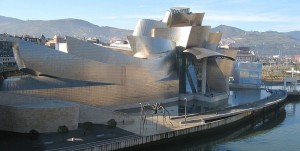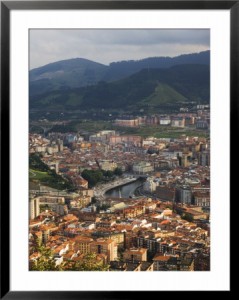It is not about the technology, it is about the education. Nancy Proctor brought up several good points in her presentation. I want to focus on the ones that hit home for me. I have enjoyed having a having itouch this semester and exploring the technology involved in creating a mobile application. I have actually really enjoyed playing with app builders (even if I was not able to get past the cost of publishing). It has an instant gratification component to putting your research in and seeing a result instantly. However, I was swept up by the technology and maybe a little forgetful of my purpose to educate. I liked how Proctor concluded that we should not see this technology as bringing in new income into the museum atmosphere, although it may cut some costs as an education device, a device which enables as public historian to provide quality work to the general public. Often as an intern at the Idaho State Historical Museum in conversation with my peers we have discussed the need for the museum to become more business savvy to bring in more patrons and money. Proctors pointed out the museums life spans are ten times as great as any usual business. It occurred to me that Idaho Historical Museum has been in use downtown a lot longer than many businesses downtown; perhaps businesses should ask us what to do to stay alive through the ups and downs of an economy. I think there are still advantages to museum mobile apps that may bring in more revenue. Proctor’s illustration of the app that advertises the local paper was, in my opinion, great! It is two community based businesses supporting each other and public access to knowledge. Her talk gave me a lot of food for thought on mobile devices in the museum. I hope to see this implemented in several museums.
I think the advantage of the mobile device is the accessibility to it, especially to the younger generation. Specifically on our mobile music project it sells to a mass audience, but allows for a niche audience too. Music nets a broad audience, and like museums, has several niches. Boise has several music venues that fit a variety of music. We are able to access the interest of several people by using music as our “hook” and then bringing in history and the variety of music available in Boise. Liabilities…. Cost! (yea I am not going to get off this Buzztouch thing) I think Buzztouch is still an incredibly easy to use and great developer. I will some way or another make an app come to life from this developer (I have some other projects in the works). I wonder if you could get enough universities on board to create a grant or funds to entice apple, android, or blackberry to create a site similar to Buzztouch that allowed for students to create applications available, perhaps only through a “university app store”, to test their models and ideas without cost. This would benefit several colleges within universities business, history, education, ect. Because of the popularity with mobile devices and technology, I see public history going in the same direction. It has become more apparent to me that web/mobile design skills are going to be an important factor in public history projects and jobs. I think it’s a great move in the museum’s long business run to keep up with.


